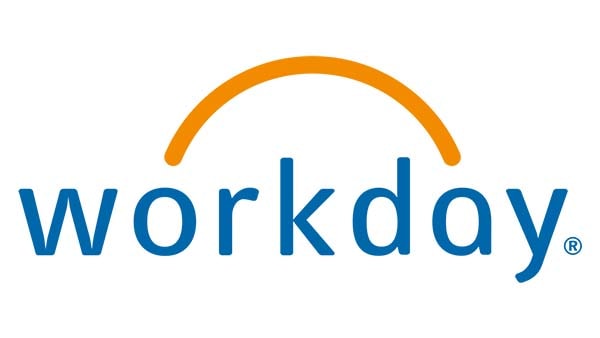Cloud fabric network
With its software subscriptions and revenue growing more than 20 percent year over year, Workday had to address its legacy technology infrastructure. The company's data centers were running out of capacity, and its network was unable to scale and adapt to customer and business needs that continue to expand and evolve.
"We needed an entirely new network architecture," says Ahsan Ghayas, senior principal engineer and lead architect for Workday.
The company began working on a design for a "cloud fabric network" that would connect five new, globally dispersed data centers and support Workday's next phase of business growth. Horizontal scalability, high capacity and availability, modular oversubscription, and full automation were the primary requirements. Ghayas just needed to find the network hardware and software that could deliver.
"We had a great experience with Cisco Nexus switches in our legacy data centers, and it became clear Cisco Nexus 9000 Series Switches were the best choice for our cloud fabric network," he says. "They give us exceptional density, capacity, and scalability as well as highly desirable line rate encryption capabilities."

